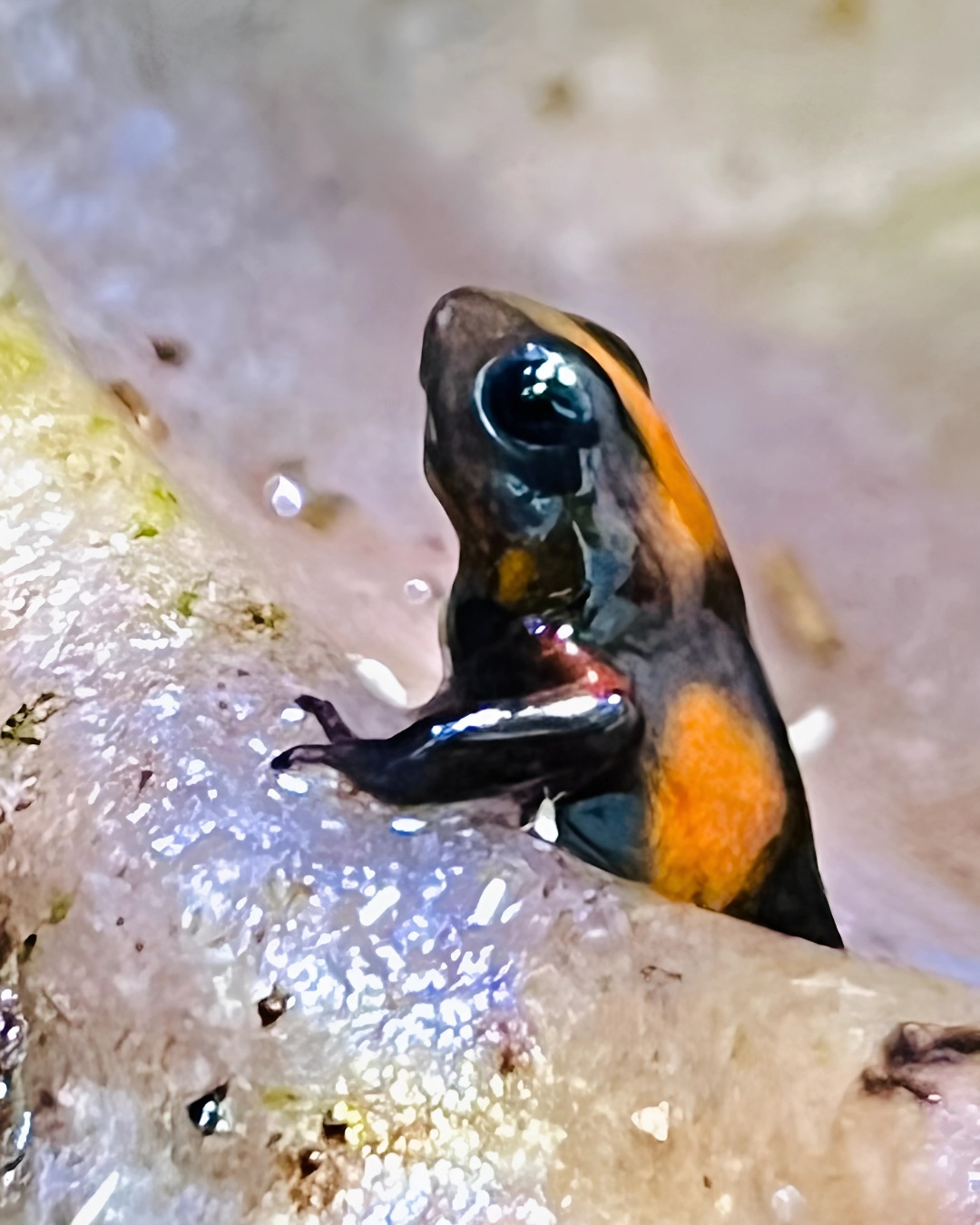- Introduction to Oophaga andresi and its importance in biodiversity
- Unique reproductive behaviors and parenting strategies of the Andresi Poison Frog
- Conservation challenges: habitat loss and the illegal pet trade
- Successful breeding programs and their impact on conservation
- The role of zoological institutions and conservationists in protecting this species
The Oophaga andresi, often known as the Andresi Poison Frog, serves as an emblem of the biodiversity found within Colombia’s Chocó rainforests. This unique ecosystem is home to a multitude of species, each contributing to the rich biological tapestry. What makes the Andresi Poison Frog so captivating is not just its vivid black-and-green patterns, but its ecological role and fascinating behaviors. These frogs are critically endangered, highlighting the urgent need for effective conservation strategies.
The Andresi Poison Frog exhibits remarkable reproductive behavior. Unlike many other frog species, the parental duties are divided uniquely. Males vigilantly guard the eggs to protect them from potential threats. Once hatched, the responsibility shifts to the females, who nourish the tadpoles with unfertilized eggs. This method of parental care is uncommon and offers crucial insights into the complex life strategies of these amphibians. Understanding such behaviors aids conservationists in developing tailored management plans to support population stability.
Unfortunately, the Andresi Poison Frog suffers from significant challenges, chiefly habitat destruction and the illegal pet trade. Colombia’s Chocó rainforests face deforestation pressures, largely due to agricultural expansion and logging. This loss of habitat poses a severe threat to the frog’s survival. Additionally, these frogs are prized in the illegal pet market, which exacerbates their decline. Combatting these issues requires a multifaceted approach involving stricter regulations, public awareness, and enforcement of wildlife protection laws.
Breeding programs have become cornerstone efforts in conserving the Andresi Poison Frog. Establishing captive populations can minimize the risk of extinction while facilitating research on their biology and behavior. Such programs demand precise conditions to replicate the natural environment, from temperature regulation to diet ensures. The success of a metamorphosis from tadpole to a juvenile frog is a milestone, representing hope for the species’ future. Zoological facilities and conservationists work in tandem to optimize these breeding efforts, sharing knowledge and resources globally to strengthen outcomes.
Zoological institutions play a pivotal role in conserving endangered species like the Andresi Poison Frog. These facilities serve as centers for education, research, and conservation. By housing these rare frogs, they can conduct critical studies that inform on-site and in-situ conservation practices. Educational programs within zoos raise public awareness about the threats these frogs face, fostering a greater appreciation and concern for amphibian conservation. Collaboration between zoos, researchers, and local communities is vital, as it ensures a holistic approach to the frog’s preservation.
The transformation of an Oophaga andresi tadpole into a juvenile frog is more than just a biological event. It symbolizes progress in conservation efforts, highlighting how collective action can yield tangible results. With persisting threats facing the Andresi Poison Frog, the work of conservationists remains crucial. By engaging in global collaboration and continuing to refine breeding techniques, we can offer these rare jungle jewels a fighting chance at survival. Every successful metamorphosis echoes the resilience of nature and the relentless efforts of those committed to its preservation.
*****
Source Description
🐸 Rare Jungle Jewel Alert!
We’re thrilled to share that one of our Oophaga andresi tadpoles has successfully transformed into a stunning juvenile frog! 🌿💚
Also known as the Andresi Poison Frog, this species is extremely rare in captivity, with only a handful of zoological facilities and specialized conservationists worldwide managing breeding programs.
Why are they so special?
• 🏞️ Endemic to Colombia’s Chocó rainforests
• 🌈 Famous for their striking black-and-green patterns and unique parenting—males guard the eggs, and females feed tadpoles with unfertilized eggs
• ⚠️ Critically Endangered due to habitat loss and illegal pet trade
This metamorphosis is more than exciting—it’s a small victory for conservation. Every healthy frog is a leap forward. 🐾


